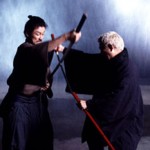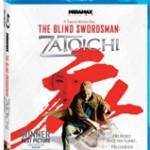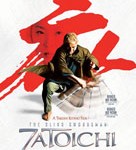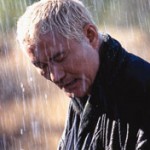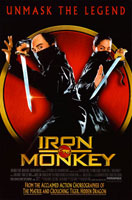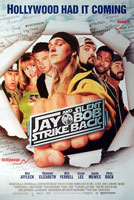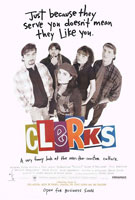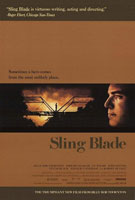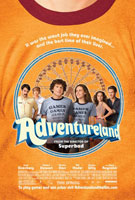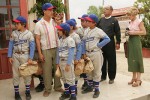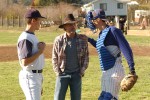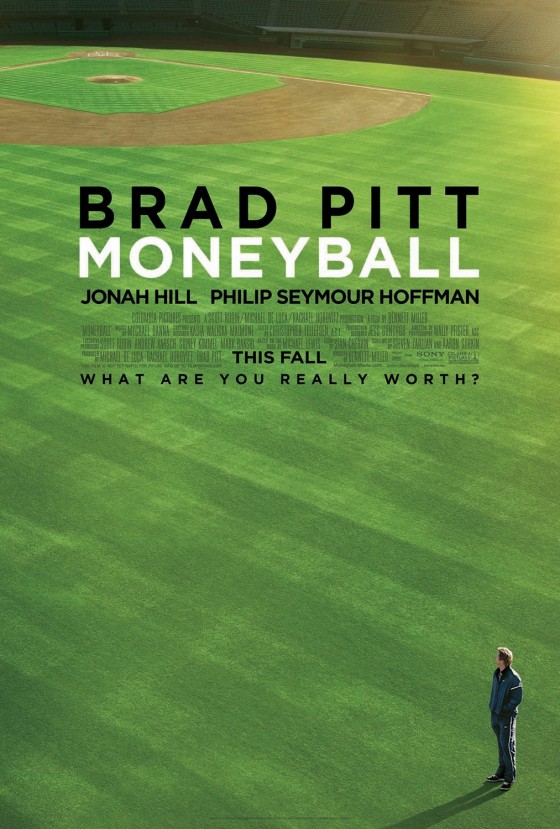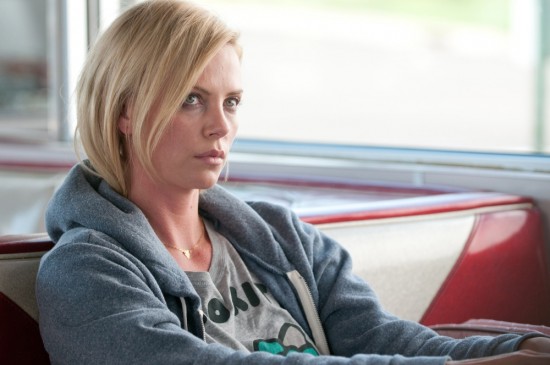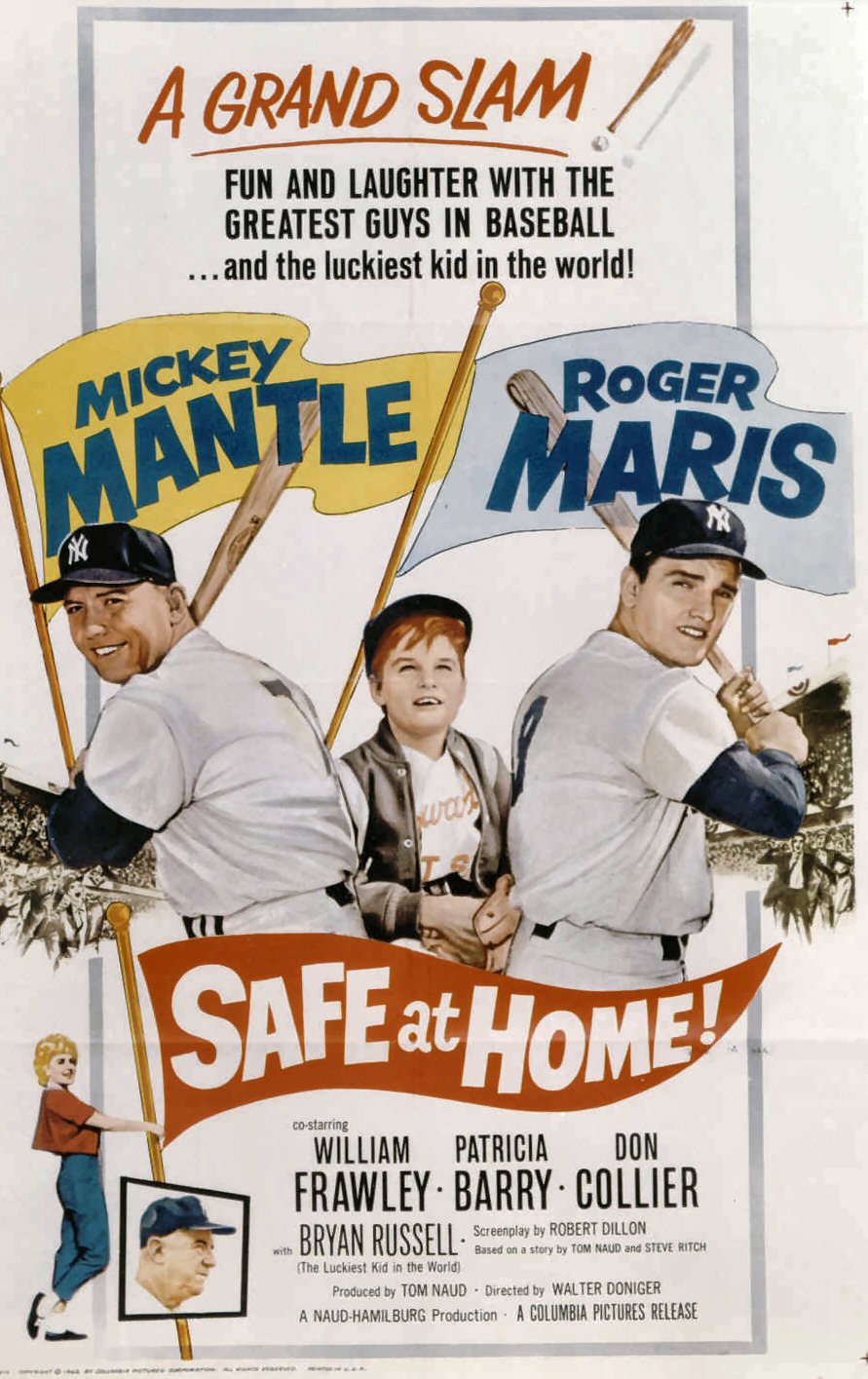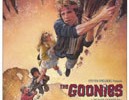In all honesty, I don’t know what to make of Zatoichi beyond the cerebral level of fun that it brings. Violent and bloody, carefully choreographed and filled with dry humor, Takeshi Kitano’s modern take on the classic Japanese character is a unique vision that’s told with confidence yet in such a way that I can’t quite get. But not in a bad or frustrating manner. It’s just so different that it’s hard to compare it to anything else I’ve seen so my natural instinct to compartmentalize it has been thrown out of whack.
Takeshi stars as a titular character, a blind samurai masseur whose appearance makes him easy to write off as harmless. But under that lowered face is a warrior with skills unlike any other. Unforgiving with his sword, Zatoichi takes on all comers with a glee and enthusiasm that you normally see on psychopathic bad guys. Zatoichi wanders from village to village, getting by and helping those in need. The story is somewhat light in plot but heavy in character and setup as a young bodyguard looks to make a name for himself.
Much of the film acts as a setup to the inevitable showdown between Zatoichi and the bodyguard. The cast is large and creates several subplots but most of them seemed unnecessary to the central story. They were still enjoyable to watch but I did find that there was a little too much going on at times.
But I also believe that was part of the point. Takeshi shows in Zatoichi that he knows exactly what’s going on. On screen he may not be able to see viscerally, but he comments on how the loss of one sense simply makes the others that much stronger. Behind the camera, there’s enough genre nods and exploitation that it’s impossible not to see that Takeshi was turning the experience on the viewer. The most obvious example of this is the film’s violence and accentuated gore. Every sword fight includes embellished blood added in through animation. Yet it never felt disgusting. By going over the top, Takeshi does draw attention to the violent aspects of the film but he also draws attention to the fact that he showed restraint with the end result of the dozens of slashing victims. Instead of showing severed body parts the violence is a carefully orchestrated (and cleverly blocked) cartoon. Either way, the feel of these action films is unique and adds to the heightened sensory theme the movie preaches.
Another aspect of Zatoichi that stands out for me is the use of music. At a couple of points, the film almost breaks into something Bollywood-esque with random song and dance numbers. Thankfully it didn’t but I did admire the use of music in the film. It brought additional life to the scene set ups that later carried on to the scenes themselves.
Zatoichi is notable not so much for its story as it is its form. Takeshi goes out of his way to present something extremely familiar in a different fashion. The result is a slick film with a strong look and a confident construction.
Zatoichi Blu-ray Review
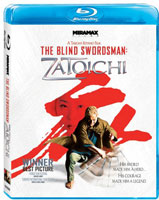
Zatoichi arrives on Blu-ray looking as amazing as ever. The widescreen 1080p high definition transfer is very nice, despite a couple of pieces of dirt and artifacts slipping through. The original Japanese audio track is unfortunately only offered in 5.1 Dolby Digital. Dubbed tracks are offered in English 5.1 DTS-HD and Spanish 2.0 Dolby Digital. Special features include a detailed 40-minute behind-the scenes featurette and a small collection of four crew interviews.
Zatoichi Gallery
Trailer
